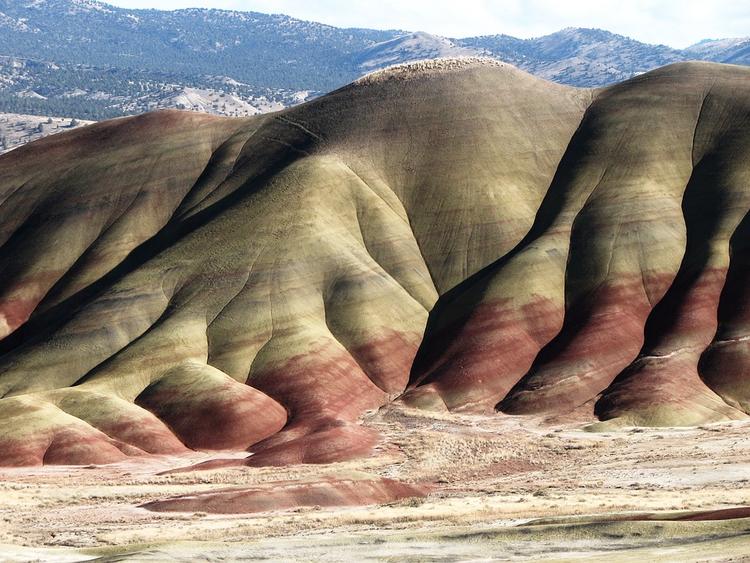An Oregon State University study on climate change released earlier this year estimates that temperatures will rise 5 degrees Fahrenheit by the 2050s, with more surges ahead.
”Heatwaves are becoming more frequent,” said Erica Fleishman, director of OSU’s Oregon Climate Change Research Institute, which produced the report. “They’re becoming longer and more intense in temperature.”
The study does not predict that every summer Oregon will face heat domes like the one in 2021 that killed about 70 people in Multnomah County alone. But they could become more frequent in the decades ahead.
“The probability of such an event increases by the end of the century,” Fleishman said.
The study is the first by the Oregon Climate Change Research Institute since the 2021 heat dome. The institute is mandated by the Legislature to provide a climate analysis every two years. The latest report notes that the number of days that are warmer than 90 degrees and nights that are warmer than 65 degrees is increasing in Oregon, with more 90-degree days between 2011 and 2020 than between 1951 and 2010.
It says the meltdown of glaciers has accelerated, too, with 20 of Oregon’s glaciers disappearing since the mid to late 1900s. No glaciers remain in the Wallowa Mountains, either.
The report also notes the persistence of drought. According to the U.S. Drought Monitor, a joint project of the federal Department of Agriculture, the National Oceanic and Atmospheric Administration and the University of Nebraska-Lincoln, almost all of central and eastern Oregon is in some form of drought. Earlier this month, Gov. Tina Kotek declared a drought emergency in Harney and Wasco counties, the fifth and sixth such declarations this year.
Drought has a major impact on the agriculture industry, Fleishman said, and heat hurts the most vulnerable most.
“Extreme heat tends to affect marginalized populations more than populations that have access to stable housing, to indoor work environments or to air control temperatures in indoor work environments,” Fleishman said.
Vulnerable populations are also susceptible to wildfires.
“As aridity increases, the likelihood of extreme fire weather is increasing, and the area burned by lightning-caused fires in central Oregon is projected to increase,” the report said.
Extreme heat tends to affect marginalized populations more than populations that have access to stable housing, to indoor work environments or to air control temperatures in indoor work environments.
– Erica Fleishman, director of the Oregon Climate Change Research Institute at Oregon State University
Wildfires have a big impact on health. Poor air quality affects early childhood health and can cause lower birth weights, Fleishman said. Smoke also aggravates cardiac and respiratory conditions, which in turn, can overload the health care system as COVID did during the pandemic.
But leaders – in Oregon and elsewhere – can help stem some of the impact of climate change, Fleishman said.
“It depends in part on what people around the country and around the world want to do and are able to do in terms of both adapting to climate change and mitigating the causes of climate change,” Fleishman said.
This session the Legislature is considering an array of bills aimed at improving the state’s wildfire strategy and forest management. At the same time, the State Fire Marshal’s office is educating the public about protecting their homes from wildfires while officials redo the wildfire risk map. The Oregon Department of Forestry will notify homeowners in high and extreme risk and they may be subject to future changes to hardscape their homes from wildfires.
And last year new rules from Oregon Occupational Safety and Health went into effect, mandating breaks for workers exposed to high heat with designated rest areas and water. Employers also have to provide respirator masks in smoky conditions.
“Oregon is a leader in climate response strategies and worker protections,” Fleishman said. “We hope this assessment will support the state’s ongoing efforts to advance climate equity and evidence-based investments in adaptation and mitigation.”




 © 2024 All Rights Reserved
© 2024 All Rights Reserved